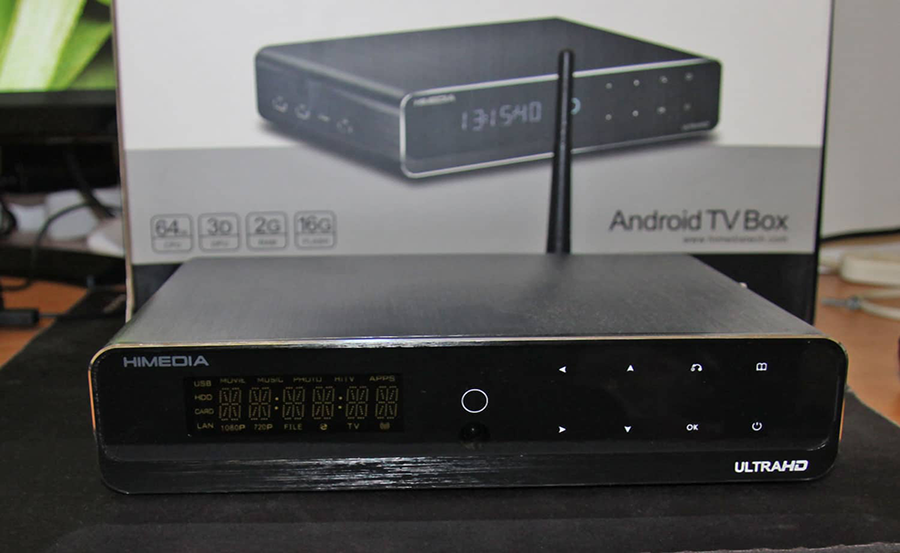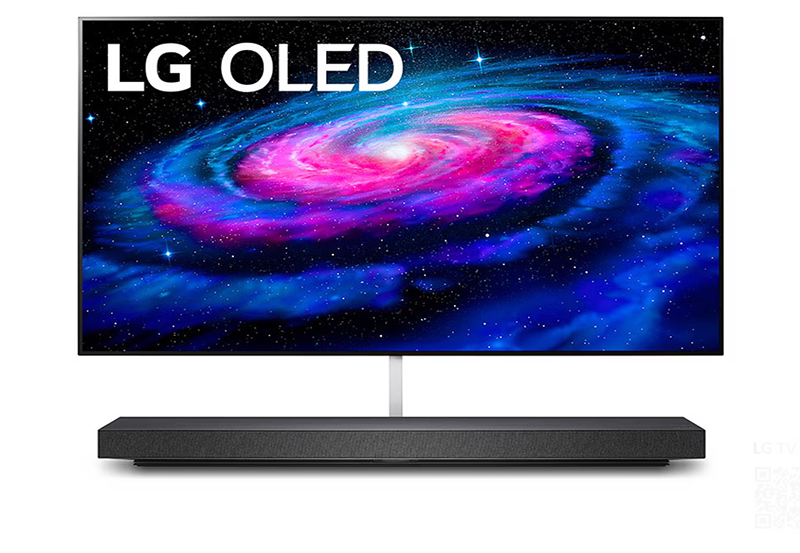The Himedia Q10 Pro, a popular media streaming device, is well-regarded for its extensive features and robust performance. However, with rising environmental concerns, it’s important to assess how electronic devices like the Himedia Q10 Pro impact our surroundings. This article explores the various dimensions of its environmental footprint, offering insights and considerations for conscious consumers.
Manufacturing and Material Usage
The Resources Behind the Device
Manufacturing electronic gadgets necessitates raw materials like metals, plastics, and small amounts of rare earth elements. The Himedia Q10 Pro is no exception. These materials are sourced through mining activities that can significantly alter landscapes and ecosystems. Furthermore, the energy required during extraction and processing stages contributes to carbon emissions.
While the device is designed to be durable, this longevity doesn’t erase the environmental cost of its production. Consumers should consider the lifecycle of these materials when evaluating the device’s overall environmental impact.
Streaming Tip:
Upgrade your game day experience with IPTV Sports for live and on-demand coverage of all major leagues.
Production Processes
Electronics manufacturing is an energy-intensive process involving machinery, transport, and resources. This results in a notable carbon footprint. Factories may rely on non-renewable energy sources, further exacerbating emissions. Efforts to improve efficiency and introduce green practices in production are underway but progress is often slow.
Stakeholders in the electronics industry are increasingly aware of the environmental consequences and are exploring greener manufacturing practices. This transition, however, is gradual and requires consumer demand for more sustainable options to accelerate its adoption.
Energy Consumption During Use
Operational Efficiency
Once it reaches consumers, the Himedia Q10 Pro offers a range of features accessible via DuplexIPTV, IPTV trials, and more. These features, while convenient, raise questions about energy consumption. Although advanced energy-saving modes exist, actual energy usage depends heavily on consumer habits during operation.
Streamed content and device functionality each play a role in the overall energy draw. It’s worth noting that streaming in high-definition or using intensive apps increases power consumption, contributing further to carbon footprints.
Consumer Awareness and Habits
Ultimately, the environmental impact during the device’s lifespan is closely tied to user behavior. Simple habits like turning off the device when not in use or adjusting streaming quality can minimize its energy consumption significantly.
Educating consumers on sustainable practices when using technology can make a substantial difference. There is power in small, individual actions when it comes to reducing energy consumption and by extension, environmental impact.
End-of-Life and E-Waste Concerns
Disposal Challenges
One of the less visible, yet critical environmental concerns is the disposal of electronic devices. The Himedia Q10 Pro, like many, can end up as e-waste if not properly managed. E-waste contributes to pollution and may release harmful substances like lead and mercury into the environment.
It’s essential to engage in responsible recycling practices and to support manufacturers who offer take-back programs. Such measures ensure that valuable materials can be recovered and reused, rather than contributing to landfill overflow.
Innovative Recycling Solutions
Innovation in recycling has introduced methods that vastly improve material recovery rates, reducing the harmful impacts of e-waste. Companies that incorporate closed-loop systems—reusing and refurbishing components—are leading the charge toward a sustainable electronics lifecycle.
Encouragingly, some initiatives focus on designing products that are easier to disassemble, which facilitates recycling. By supporting products designed with sustainability in mind, consumers can influence market trends towards greener electronics.
Social and Ethical Considerations
Labor Practices
The impact of electronics extends beyond environmental aspects to social dimensions, such as labor conditions during production. Ethical sourcing and fair labor practices are significant factors underscoring the overall sustainability ethos of a product.
Consumers are increasingly invested in buying from brands that prioritize worker welfare and transparent labor practices. Supporting companies that enforce ethical standards is another step towards building a sustainable relationship with technology.
Corporate Responsibility
Leading electronics companies are becoming more accountable by adopting corporate social responsibility (CSR) principles, focusing on reducing emissions, ethical labor, and social contributions. CSR efforts not only project a responsible brand image but also contribute positively to broader environmental goals.
Transparency in environmental reporting and active engagement with stakeholders are pivotal for brands aspiring to be leaders in sustainability. Customers require these initiatives to trust their products and practices.
A Shared Journey to Sustainability
The environmental impact of the Himedia Q10 Pro is not solely a company responsibility. It’s a shared journey that involves manufacturers, consumers, and policymakers. By striving for greener practices and informed consumer decisions, the tide can turn towards a more sustainable digital world.
Every effort counts in minimizing environmental consequences. Embracing change and making ethical choices paves the way for reduced emissions and a healthier planet.
FAQs: Environmental Considerations for Streaming Devices

1. What are the environmental benefits of using IPTV services like DuplexIPTV?
IPTV services, when used consciously, can reduce the need for physical media thus cutting down on waste. They are also generally more efficient in terms of data transmission. However, high-quality streaming can be energy-intensive.
2. How can consumers minimize the energy consumption of their streaming devices?
Consumers can adopt various practices such as enabling energy-saving modes, adjusting screen brightness, and choosing lower streaming quality to conserve energy while using devices like the Himedia Q10 Pro.
3. Why is e-waste a significant environmental concern?
E-waste poses a major threat due to its toxic components and the difficulty of disposal. If improperly managed, it can lead to environmental contamination and health hazards. Recycling and responsible disposal are crucial in mitigating these impacts.
4. Are there alternative streaming devices with better environmental credentials than the Himedia Q10 Pro?
Yes, some companies emphasize eco-friendly practices in their manufacturing processes and offer recycling programs. Researching and choosing brands with strong environmental commitments can help contribute to sustainable consumption.
5. What role do corporate social responsibility initiatives play in reducing the environmental impact of electronics?
Corporate social responsibility initiatives help companies track and reduce their environmental impacts through transparency, sustainable production methods, and ethical labor practices. These efforts align business goals with broader societal and environmental welfare.
Proactive Ways to Address DNS Issues in IPTV Services




